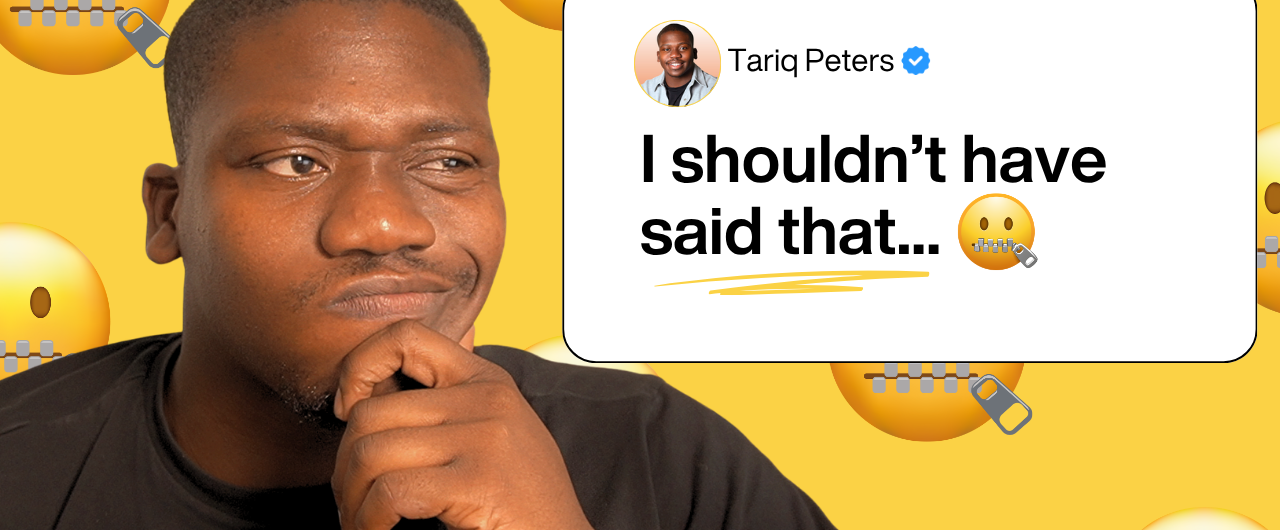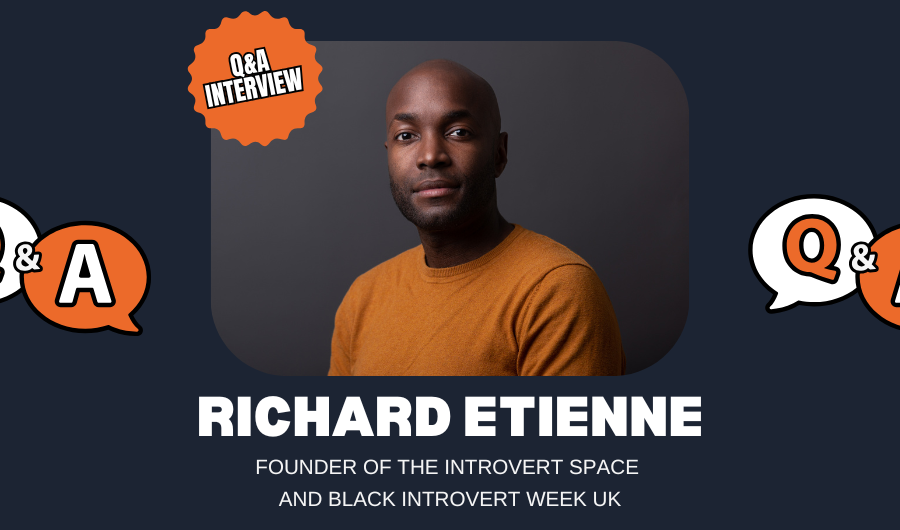People say, “just share your story”, like it’s the easiest thing in the world.
But here’s what no one warns you about: the awkwardness, the vulnerability, the creeping doubt that you’ve said too much. The weird silence that comes after posting something real. Not because it flopped. But because it made you feel exposed.
The line between powerful storytelling and oversharing has blurred. And for many of us building personal brands, especially in the age of reels and raw captions, it’s hard to know where to draw it.
Let’s be honest, we’ve all seen people treat social media like therapy. Or go viral for something deeply personal, only to regret it later. And now, many smart, thoughtful people are hesitating to share at all. Because they think it’s all or nothing. Either be vulnerable or be silent.
But here’s the truth: there is a middle ground. You can share your story without turning your feed into a confessional booth. You just need to be clear on four things.
1. Purpose first, always
If you don’t know why you’re sharing, don’t.
That might sound harsh, but it’s the most protective filter you can put in place. The people who end up oversharing are often the ones who haven’t anchored their story to a clear purpose.
Are you trying to educate? Entertain? Build trust? Encourage? Share something that helped you, so it can help someone else?
Get specific. If you’re building your personal brand to position yourself for better opportunities, raise your speaking profile or land more consulting clients, you need to filter your content through that lens. Otherwise, you’ll post things that feel “real” in the moment but are confusing long-term.
For me, every piece of content I create ties back to this: helping people identify and close their personal branding blind spots. That’s my purpose. Everything flows from there.
Ask yourself: What’s the purpose behind what I’m sharing today? If you can’t answer it in one sentence, you’re not ready to post.
2. Stick to your pillars
One of the easiest ways to stop oversharing is to define what your brand is actually about.
Pick three to five core themes. These are your pillars. They’ll become your go-to topics and help you stay consistent — even when inspiration is low.
Your pillars should be things you’re deeply interested in, have real experience with, and could talk about for hours. Things that reflect what you do and what you stand for.
Mine are: PR, marketing, AI, personal branding, and personal development. That’s my lane. So even if I talk about something personal, I’ll tie it back to one of those five.
Example: If I talk about rejection, it’s not just a personal rant; it’s a story about resilience and growth within the personal branding journey.
So if your content feels scattered or vulnerable in ways that don’t serve your audience, go back to your pillars. They’re not restrictive. They’re your creative boundaries.
3. You control the details
You don’t owe the internet a full play-by-play of your life. You’re allowed to set limits.
When you share a story, you control what’s included. You don’t have to reveal the who, the where, or the full emotional blow-by-blow. What matters is the lesson, not the full trauma.
The best storytellers know how to extract meaning from a moment without rehashing every part of it. That’s what makes a story useful.
So if you’re talking about a setback, focus on what it taught you. If you’re sharing a personal win, talk about how others can reach the same result. You’re not lying. You’re curating.
Control doesn’t mean inauthentic. It means intentional.
4. Speak from the scar, not the wound
This one saved me.
A mentor once said, “If it still hurts, it’s not ready to be content.”
And it clicked. Not everything you go through needs to become a post straight away. You can take your time. You should take your time.
Wounds are raw. Scars are healed. They’ve taught you something. You can speak about them with perspective instead of pain.
When you speak from the scar, your story becomes useful. Not just emotional. You can share it with clarity. You’re not looking for comfort. You’re offering value.
There are plenty of things I’ve sat on for months, even years, before talking about. And when I finally did, the impact was far stronger because I’d had time to process and grow.
If it still feels too tender, write it privately. Save it in your notes. Let it breathe. Not everything needs to be content right now.
The fear of oversharing is real. But it shouldn’t silence you. The goal isn’t to become emotionally bulletproof. The goal is to become intentional.
Start with purpose. Stay close to your pillars. Control your narrative. And don’t rush the stories that still feel raw.
Your story is one of the most powerful brand assets you’ll ever have — but only if you own it on your terms.
See you next week!



